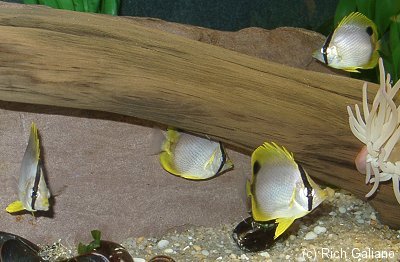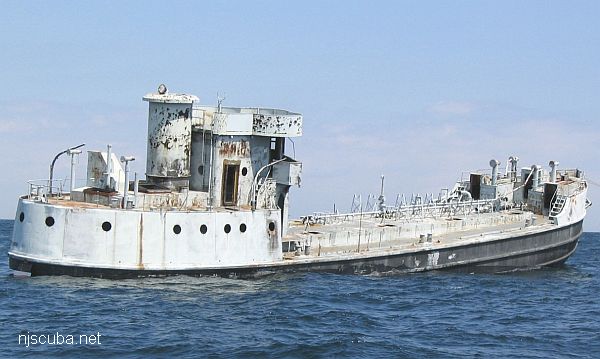Aquarium Guide - Filtration
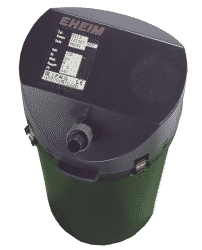
The main purpose of a filter is to circulate the water. This leads to better aeration and higher oxygen levels for both the fish and the critical bacteria which decompose the fish wastes. The more obvious aesthetic effect of filtration is the mechanical removal of particles in the water, but this is of much less importance. Since most aquaria are stocked far more heavily than natural conditions, constant effective filtration and circulation are essential. On large tanks ( 55 gallons or more ), consider using two smaller filters in place of one large one, and place them at opposite ends of the tank for maximum circulatory effect.
Filters should be cleaned only when the flow rate drops off noticeably. Depending on your setup. this may be only 2-3 times per year. Sludge should be rinsed out of the filter media with cool tap water, so as not to kill the beneficial bacteria. The filter media should then be reused as long as possible. Even charcoal can be reused several times before discarding.
In my experience, charcoal/carbon is far less useful than you are led to believe, and can actually be omitted. Most aquaria tend toward acidity, and this can be counteracted by the inclusion of some crushed coral, which is also inexpensive. This is especially useful with saltwater. The special resins and other materials you can buy are probably useful to some extent, but for what they cost, I don't bother. Very coarse types of filter material are likewise not very effective. Old nylon stockings make excellent bags for particulate filter media.
Open-cell foam is the best filter medium I know of, much better than glass wool. It can be purchased in sheets of 1/2 to 1-inch thickness at any fabric store and cut to size with scissors. Several pieces of this thickness are easier to clean than one big piece and will have a useful life of years. The fine grain of such foam works far better than the pre-cut foam pads you can buy at the pet store.
In external power filters, there is a trade-off between quietness and convenience. The quietest filters I have ever used are the German-made Eheim canister types. They are dead silent when properly maintained, and very flexible and efficient. However, they are very expensive, and a real pain to set up, start, and clean. New models are much improved in these respects.
The alternative is the external type of filter that hangs from the back of the tank. These are reasonably quiet, self-starting, and very easy to clean, often using disposable cartridges. There are many different brands, and quality varies. Models where the impeller shaft is fixed at both ends seem to vibrate less than models where it is fixed at one end only. Look inside the box before you buy. And I don't mean to imply that bio-wheel filters are not good, in fact, it looks like an excellent principle. And a word about those disposable cartridges: you can rinse them out and reuse them until they fall apart! Not only will you save a few bucks, but you'll also preserve the beneficial bacteria.
I don't like air pumps for primary use. They invariably become noisy, even if they seem to be quiet when they are new, and the box said "quiet" in big letters all over it. Air bubbles are also noisy, and the actual oxygen transfer between the bubbles and the water is negligible. It is the water currents caused by the bubble stream that are beneficial to the tank. Air-powered filters should be avoided, with one exception: air stones are quite effective for powering undergravel filters. The inexpensive diaphragm-type air pumps also tend to wear out prematurely, especially in deep tanks where the water pressure is greater. Air stones also wear out.
Whatever kind of filter you choose, try to get one that will cause some turbulence and motion at the surface of the water in the aquarium. This need not be audible splashing, but it will help in aeration, and will also prevent the build-up of oily surface films from food, etc. Bubbles from an air stone will also do the trick.
One more thing to think about is replacement parts. Inside any power filter is a little part ( called the "impeller" ) that spins 24 hours a day, 7 days a week, and it will wear out. The first indicator of wear is that the filter becomes noisy, and even begins to rattle. Some manufacturers provide replacement parts for these cases, and they are usually very easy to install. The result is that the filter will run like new, at a fraction of the cost of a new filter. Check to see that these parts are available before you buy. The same also applies to air pumps.
Undergravel Filtration
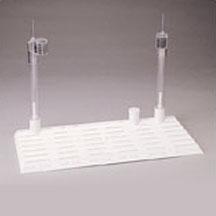
One of the best types of filtration you can get is with an undergravel filter. This is a plastic false bottom that goes into the tank underneath the gravel and has one or more "lift tubes" that reach up to the top of the tank. These seem to have fallen out of vogue lately, as manufacturers are pushing those bio-wheel-type filters, but the fact is that nothing is better than a good u/g.
An undergravel filter works by drawing oxygenated water through the gravel bed. This allows the beneficial bacteria to grow all through the gravel in much greater numbers, scrubbing the water like nothing else will. There is also a sort of inertial effect. It takes some time to build up the bacteria, but once they are there, you will not lose them like you do when you throw away a filter cartridge, and the whole system will be much more stable. The downside is that there is none of the mechanical filtration that I mentioned above - the particles will just keep circulating. Without some sort of auxiliary filter for this purpose, you will soon have a yucky-looking but very healthy aquarium. The bacteria can survive for at least several days if the water flow is interrupted, and will also survive if the gravel is stirred up, but not too much. This can be a problem if you have big fish that are diggers. ( Yes, many fish like to dig, just like dogs. ) I simply would not set up a tank without an undergravel filter.
An undergravel filter can be either air-driven, or you can use your power filter to drive it. To do this, block off all but one of the lift tube sockets and buy an extra-long tube to fit the remaining socket, long enough to reach above the surface of the water. Then just put the intake ( or the return ) of the power filter into the lift tube, and you're done. You can also get a special 'power head' to drive a u/g filter, but in that case, I would resort to an air pump first. Decorations can be attached directly to the u/g filter plate, but this requires some forethought and makes it impossible to rearrange later.
I always set up a u/g filter in a saltwater tank using clean beach sand instead of gravel. First, fill in the depressions in the filter plate with coarse crushed coral to get a smooth surface. Then cut a piece of 1/2 " open cell foam to fit tightly into the bottom of the tank and around the lift tube, and put it over the coral. Finally, I added the sand. Conventional wisdom is that sand is too fine for such a setup to work, the water won't flow through it and the whole thing will clog. Wrong, it works beautifully, and I have had great success with this setup over the years. In fact, I believe the large area of flow-through coral is directly responsible for maintaining a healthy tank that requires little maintenance.
Protein Skimming
Periodic use of a protein skimmer can be beneficial in a marine aquarium. Protein skimming removes proteins, amino acids, and other chemical wastes that accumulate in the water. If a supply of natural seawater is easily available, then a periodic water change of 15-20% will do the same thing. Protein skimming is unnecessary in freshwater, in fact, it does not even work!
U/V Sterilizers and Ozone Generators
Ultraviolet sterilization of the water will kill harmful parasites and bacteria. The sterilizer is typically attached to the outflow hose of the filter. Since the ultraviolet bulb has a limited life, u/v sterilization should be used intermittently. Another use for u/v is to sterilize replacement water as it is added to the tank. Simply plumb it into the siphon.
Ozone generators are used to destroy water-borne parasites and bacteria. Unfortunately, ozone also has deleterious effects on just about every living creature in the aquarium.
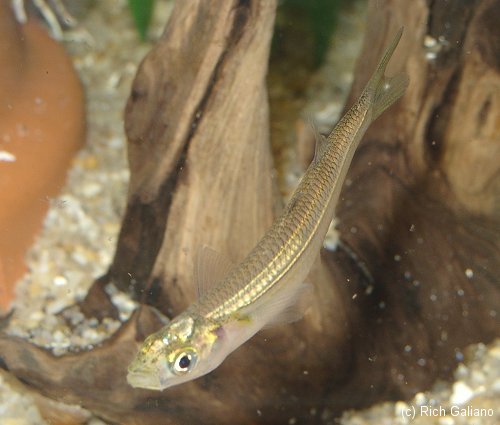
- Tank
- Water
- Temperature
- Filtration
- Lighting

